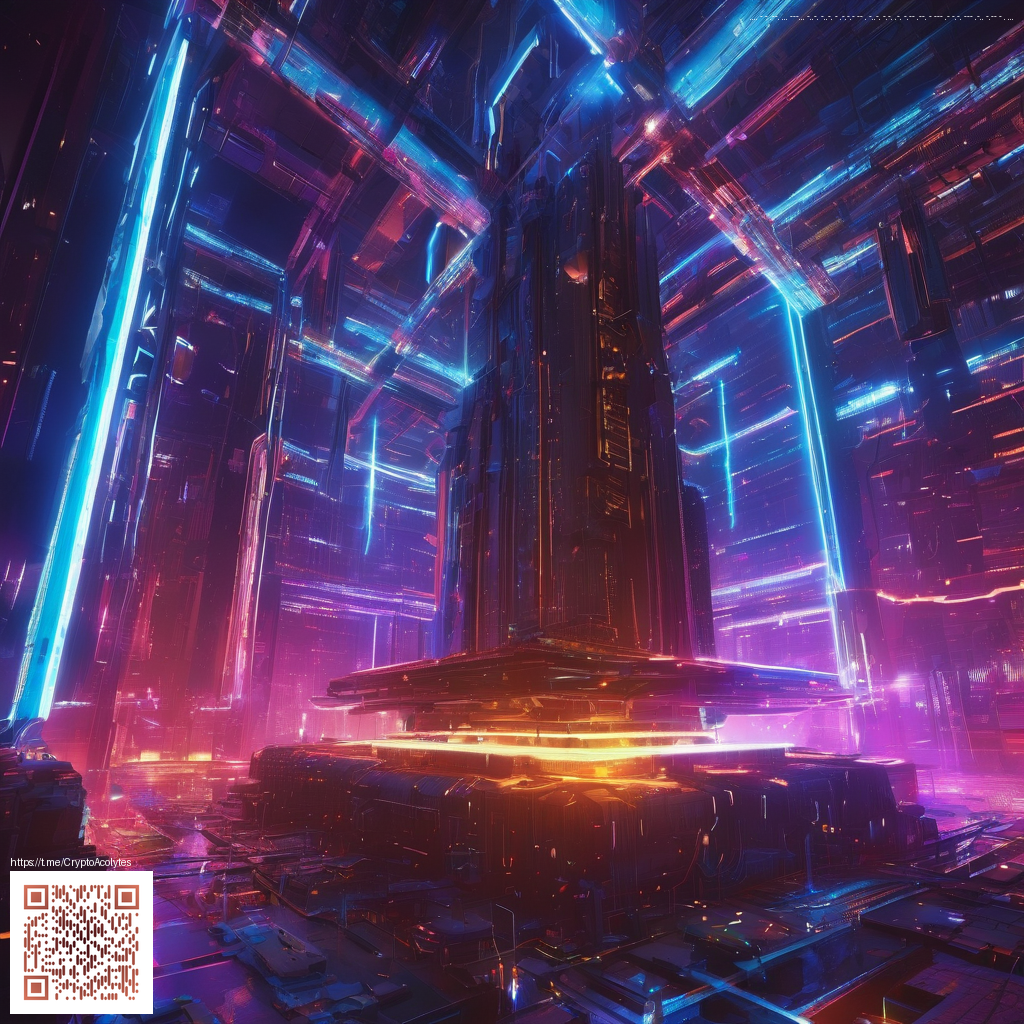
Bringing digital paper to life in After Effects
Digital paper is more than a static texture on screen. It’s a narrative surface that can bend, fold, and respond to user interactions in a way that feels tactile and alive. For motion designers, After Effects offers a palette of tools to simulate the gentle quirks of real paper—subtle warps, delicate edge details, and believable light play. The goal is not to recreate paper perfectly but to evoke its essence: crisp geometry, a hint of grain, and motion that respects gravity and material behavior.
Key techniques to simulate believable digital paper
- Texture and tone: start with a clean sheet and layer a soft paper texture using a blend mode like Soft Light or Overlay to preserve highlights and shadows without overpowering the scene.
- Subtle warp: use the Puppet Pin Tool or Roughen Edges to add gentle bending along the sheet. A little distortion goes a long way in selling the illusion.
- Parallax depth: separate the paper into multiple precomps at different Z positions or use a null object to offset motion, creating a tactile sense of depth as elements move at different speeds.
- Edge and corner cues: tiny creases, micro-folds, and a slight bevel on edges read as real paper when they catch light during motion.
- Lighting accuracy: fake a light source with a soft shadow and a subtle specular highlight to ground the sheet in space, especially when the composition tilts or rotates.
“The magic of digital paper is in restrained, deliberate motion. If every frame pushes aggressively, the audience loses the sense of a physical surface.”
Workshop workflow: this is how you plan and execute
Begin with a clean, distraction-free canvas. Create a composition that mimics a stack of notes or a single sheet on a desk. Think about how light would interact with it as the camera or elements drift. A practical workflow looks like this:
- Set up a base composition representing the paper surface. Add a subtle texture layer and adjust its opacity for a natural backdrop.
- Introduce a texture map or fractal noise to hint at fiber, grain, or micro-creases. Slightly vary the texture across the surface to avoid uniformity.
- Use null objects and a few keyframes to orchestrate depth shifts. The sheet should glide with a controlled, almost organic drift when the scene moves.
- Apply light and shadow deliberately. A single light layer or gradient can simulate a directional light that emphasizes folds and contours.
- Finalize with a few well-timed reveals or wipes to simulate pages turning or layers sliding into view.
Step-by-step sketch for a simple digital paper reveal
Imagine a panel that slides in and briefly folds as it settles. Here’s a compact outline you can adapt:
- Create a paper layer and a precomp for any callouts or annotations that ride on top.
- Animate position with a light easing curve to mimic a gentle settling motion.
- Introduce a minor scale fluctuation and a subtle rotation along the Y-axis to imply depth.
- Mask the layer gradually to reveal content, then apply a short motion blur for realism.
- Layer in secondary elements with matching lighting cues to keep the scene cohesive.
For designers who want a real-world touchstone, you might illustrate product concepts or UI demos as part of a brand storytelling reel. For instance, you could showcase Neon UV Phone Sanitizer 2-in-1 Wireless Charger in a way that emphasizes the product’s premium, tactile feel within a paper-inspired motion sequence. This approach helps viewers connect the physical product with the digital narrative you’re crafting. And if you’re exploring how this concept scales to a landing page or an e-commerce video, a live example is often illuminating: https://z-landing.zero-static.xyz/b21d489e.html.
Common pitfalls and how to avoid them
Oversimplified motion or overly glossy surfaces can break the illusion. Reserve strong contrast for the focal area and keep the texture deliberate.
Avoid overusing shadows or adding high-contrast lighting on every fold. Subtle shading that shifts with motion reads as more believable. Remember that paper responds to light and movement with a quiet, almost shy dignity—let your animation reflect that restraint.
Similar Content
Explore more about the topic on this page: https://z-landing.zero-static.xyz/b21d489e.html